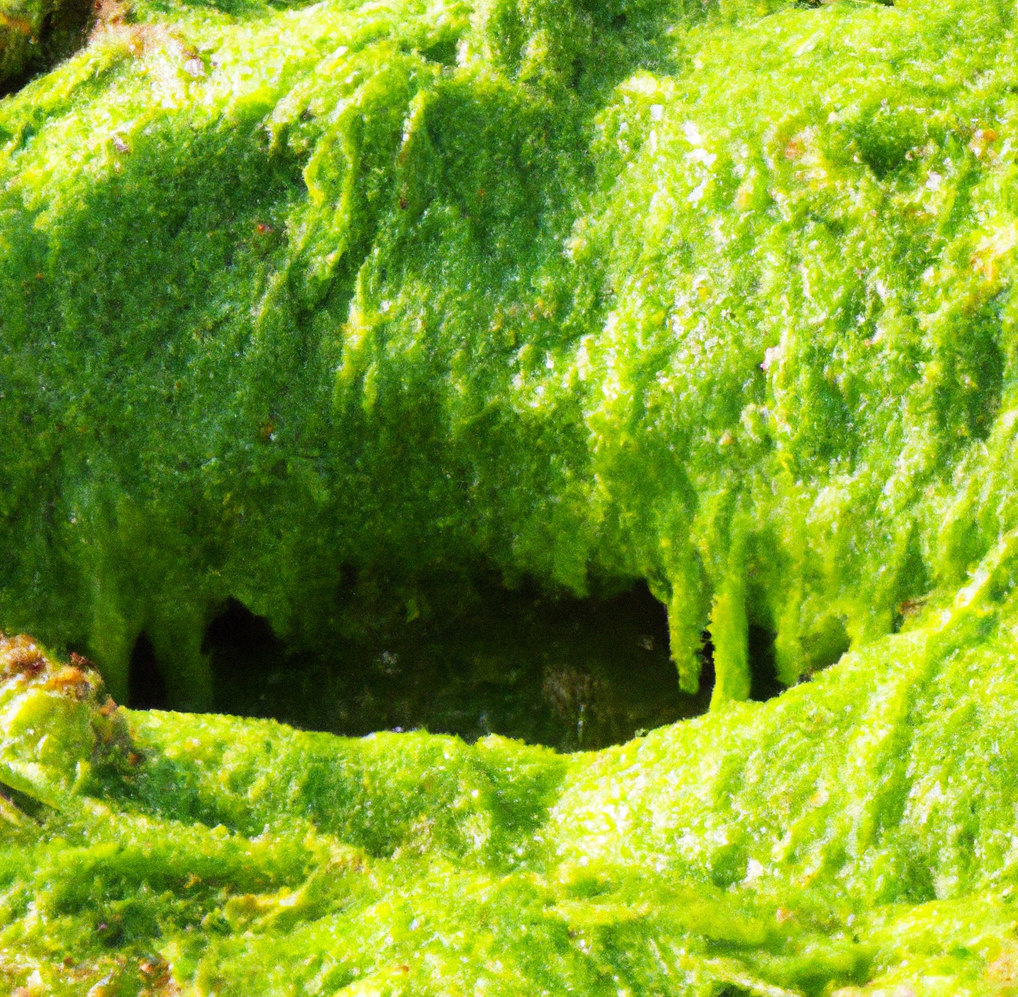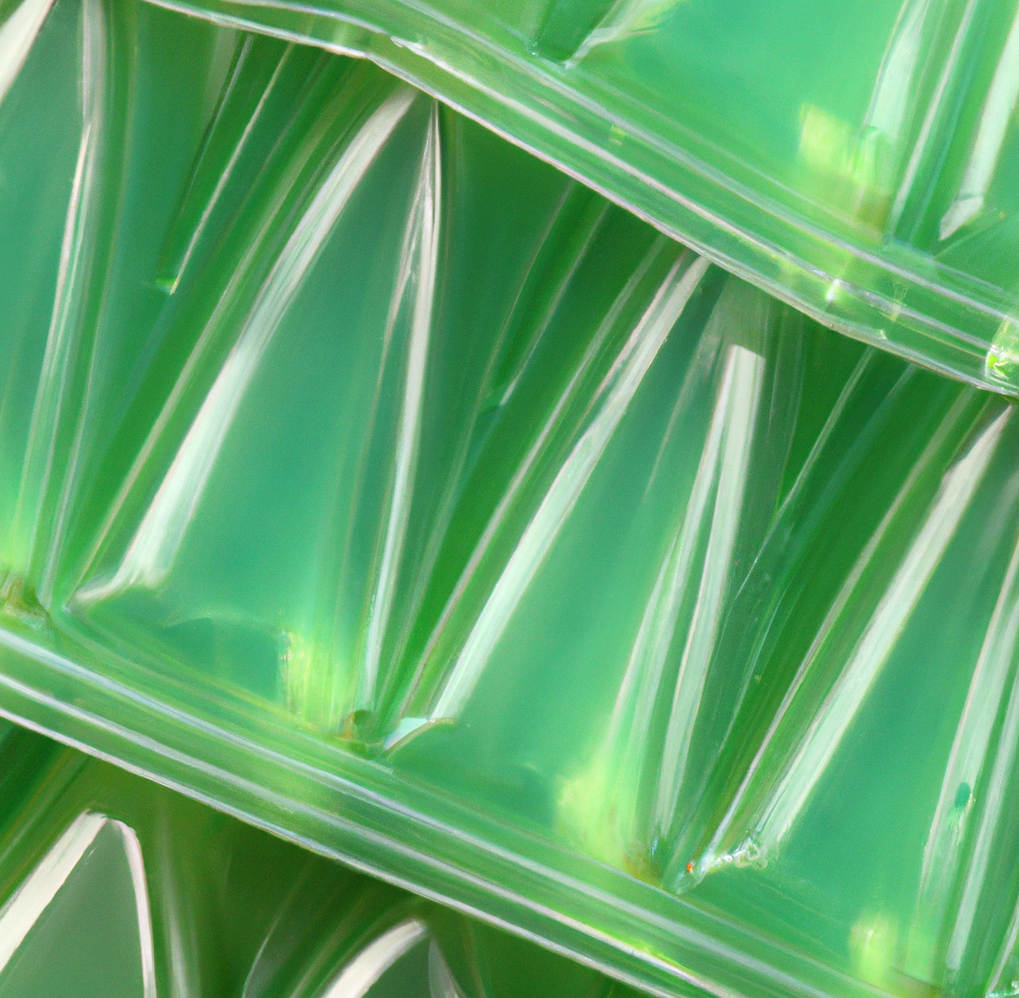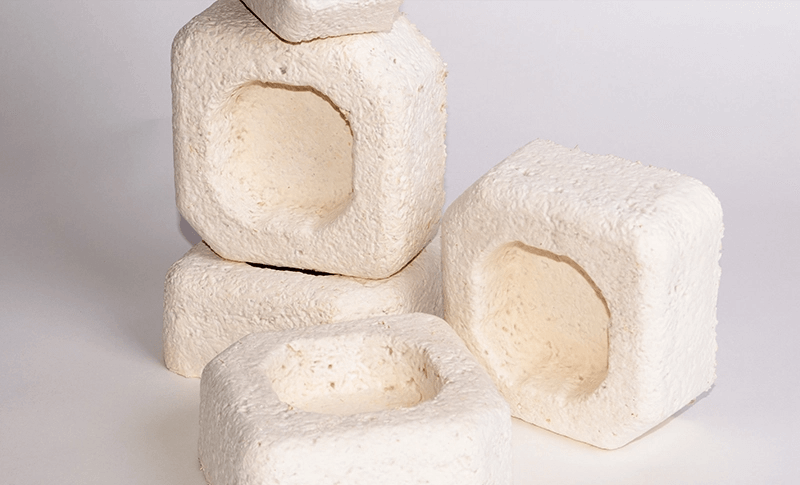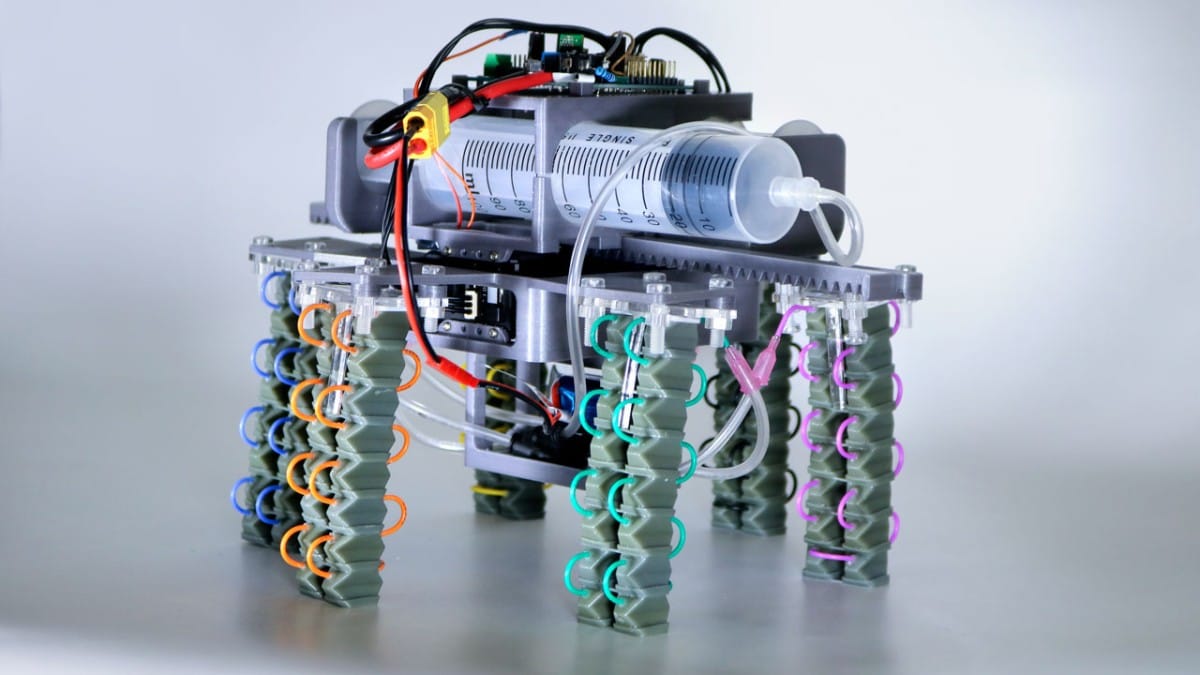In the realm of creative technology and sustainable innovation, there exists a promising but often underestimated protagonist: algae. As we venture into a future where ecological consciousness and resource efficiency are paramount, the use of algae as a building block for various products is gaining traction. However, the path to harnessing algae's potential in a sustainable and commercially viable way is not without its challenges.
Algae, often overlooked or dismissed as mere pond scum, are actually remarkable microorganisms with a multitude of uses. They are a rich source of essential nutrients, a potential solution to carbon capture, and a versatile raw material for a variety of products, from biofuels to cosmetics. What makes algae particularly appealing in the quest for sustainable product design is their rapid growth rate, efficient carbon dioxide absorption, and minimal need for arable land and freshwater. It is in these attributes that we find the seeds of a greener, more sustainable future. But how do we nurture and cultivate this potential while overcoming the challenges that stand in our path?
One of the most significant hurdles in the world of algae-based product design is scaling up production to a commercially viable level. While algae are abundant in nature, cultivating them for industrial use requires creating controlled environments, often referred to as bioreactors, that mimic the optimal conditions for growth. The scale-up challenge encompasses both the physical infrastructure needed to cultivate algae at a large scale and the development of efficient, cost-effective cultivation methods. Achieving this scale is essential for making algae-based products economically competitive with traditional alternatives.

A crucial aspect of algae-based product design is the balance between resource input and output. To maximize sustainability, we must ensure that the energy, water, and nutrients required for algae cultivation do not exceed the benefits derived from the end products. While algae are inherently efficient at carbon sequestration and growth, the cultivation process still demands energy and resources. Innovations in sustainable cultivation methods, such as the use of wastewater or CO2 emissions from industrial facilities, are emerging as ways to minimize resource inputs and maximize the environmental benefits of algae cultivation.
The diversity of algae species is both a strength and a challenge. Various species of algae have unique properties and can be used to produce a wide range of products, from biofuels to pharmaceuticals. However, this diversity also means that research and development efforts must be tailored to specific species and product categories. Navigating the rich landscape of algae species and their potential applications requires extensive research and collaboration among biologists, engineers, and product designers. It's a multidisciplinary endeavor that holds the promise of unlocking new, sustainable solutions across various industries.
Like any emerging technology, algae-based product design faces regulatory hurdles and the need to gain public acceptance. Algae-based products often blur the lines between traditional categories, requiring regulatory bodies to adapt and establish clear guidelines for safety, quality, and labeling.

Public perception also plays a crucial role in the success of algae-based products. Consumers must be educated about the benefits and safety of these products to build trust and encourage their adoption. Effective communication and transparent labeling can go a long way in overcoming these challenges. While algae-based biofuels have received significant attention, the potential applications of algae extend far beyond this one category. Algae can be used in the creation of sustainable food products, from plant-based protein alternatives to nutritional supplements. They can also be employed in the cosmetics industry, offering natural and eco-friendly ingredients for skincare and personal care products. Moreover, the pharmaceutical industry is exploring algae's potential in the production of bioactive compounds with therapeutic properties. Algae's role in carbon capture and utilization is another exciting avenue, where these microorganisms can absorb carbon dioxide and convert it into valuable materials, such as bioplastics.
The adoption of algae-based product design aligns with the principles of the circular economy, where waste is minimized, and resources are reused and recycled. Algae's ability to grow using waste materials, such as wastewater and CO2 emissions, fits neatly into this sustainability paradigm. By harnessing algae's potential, we can create a closed-loop system where carbon emissions are captured and transformed into valuable products, thus reducing the environmental impact of various industries.

As we navigate the challenges and opportunities in algae-based product design, it becomes increasingly clear that these microorganisms hold immense promise for a more sustainable and eco-conscious future. By addressing the hurdles of scale, resource efficiency, species diversity, and public perception, we can nurture and cultivate the green potential of algae.
In doing so, we not only reduce our environmental footprint but also unlock new frontiers of sustainable product design. Algae's role in the circular economy, carbon capture, and resource optimization presents a compelling vision of a future where nature and technology converge to shape a more sustainable and prosperous world. The journey of algae-based product design is not without its challenges, but its destination is a future that embraces the regenerative power of nature and the boundless potential of human creativity.








